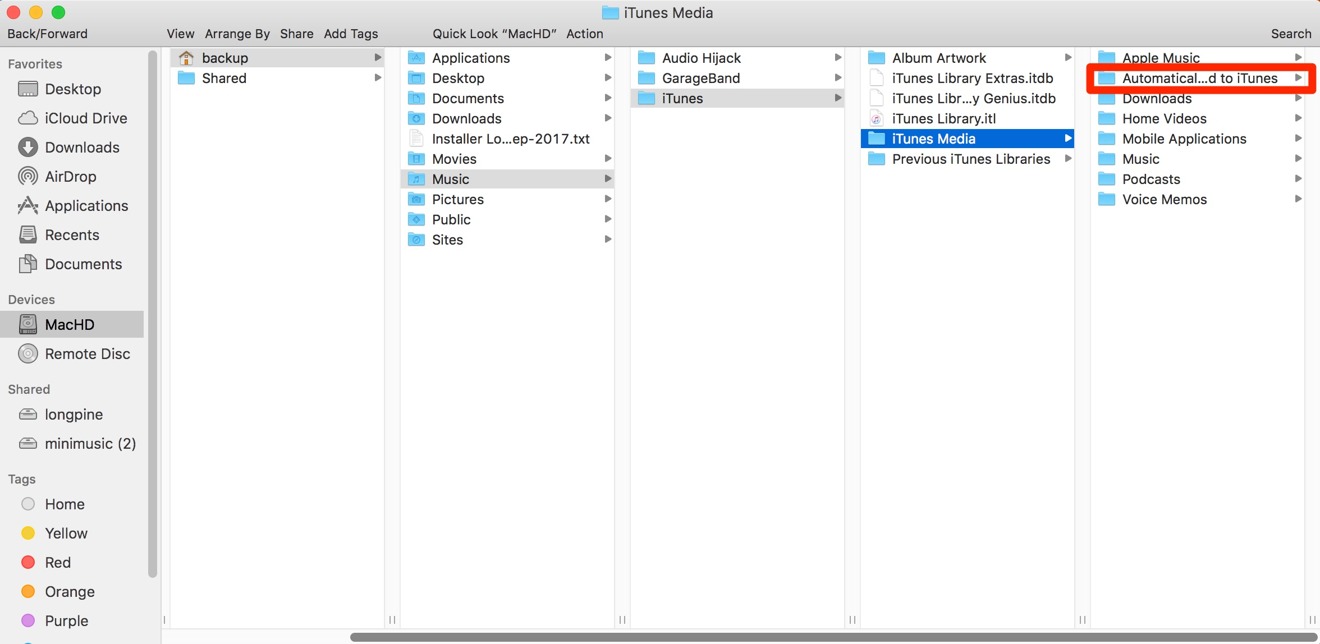

- Mac mini server app install#
- Mac mini server app pro#
- Mac mini server app mac#
- Mac mini server app windows#

Mac mini server app install#
Go to the Purchases tab and install OS X Server. Sign in with the same Apple ID as in step 2.
Mac mini server app mac#
On your administrator computer, open the Mac App Store. OS X Server should appear in your purchase history. Today, Apple only sells a "Server.app" from the Mac App store and the "helpful" comments on that help desk article say: However, this doesn't work and I am suspecting it only worked for MacMini Server models back when they sold them.
Mac mini server app pro#
I do have a MacBook Pro available in case this would help (and from which I would like to remotely setup the MacMini), but I thought that I would be able to just follow the procedure discussed by Apple here: īasically, that article says you should be able to see the Mac in your shared computers section and just start ScreenSharing. Please follow me on Twitter, or join me in the AppleHolic’s bar & grill group on MeWe.I would like to complete the initial setup of a Mac Mini (2015) without having to use an external monitor (or a mouse or keyboard). The service may also become a useful tool for UK residents travelling to Europe who may want to avoid carrying their Macs across borders, given the need for additional paperwork following the nation’s divorce from its main trading partner.
Mac mini server app windows#
Of course, while the service is very much aimed at high-end enterprise users and developers testing machine-learning systems and seeking access to machines on which to offload Xcode builds, it may also provide a tantalizing chance to explore how M1 Macs work - enabling any user (including potential Windows to Mac switchers) to accustom themselves with Apple’s OS. Scaleway also offers more traditional cloud services, such as private data center colocation and infrastructure, dedicated servers and elastic public cloud services, including Kubernetes and Terraform support. But the highly significant energy/performance provided by these Macs most certainly helps make it possible.Īpple’s Mac minis deliver outstanding computing performance while consuming an astonishing 55% less power than before, giving its processors the world’s best CPU performance-per-watt. While that’s great for domestic energy bills, running such capable systems at such a low power draw is a bottom-line benefit for server farms and larger enterprises.

So, why is Scaleway doing this? In part, it reflects the company’s existing expertise around cloud deployment of ARM-based systems.

In use, you will need to change the keyboard layout to match that of the local keyboard you are using when accessing the Mac. Once logged in you can launch applications as if you were using your Mac locally, you can also reboot your Mac remotely via Scaleway’s console, though you must ensure FileVault is disabled on the remote Mac. Xcode 12.4 comes pre-installed and the Macs are held in a state-of-the-art datacenter buried in a former bomb shelter beneath Paris.Įnterprises and users access the service using an online portal, where they can set the location and choose the OS (Big Sur being the only available option at present). Customers get 24-hour Mac-focused support and set-up takes approximately five minutes. The service promises lightning-fast CI-CD for iOS and macOS and claims “excellent latency” from Europe. The use of VNC is great, as it means you can run your virtual Mac from Linux, Windows and macOS-based computers using the relevant client. You get access to a fully native user experience on remote 8GB RAM, 256GB SSD Mac minis using VNC or SSH. “This is the perfect setup to tackle increasingly complex macOS or iOS continuous integration and delivery for distributed development teams.” What’s on offer? Of course, in a scenario in which workforces are becoming increasingly remote, there’s likely a slim chance some customers may choose to use these remote Macs to furnish temporary access to teams. The company says its solution is designed for developing, building, testing, and signing applications for Apple devices. That means it's aimed at developers looking to offload Xcode builds and enterprises seeking temporary access to M1 Macs to test iOS and Mac apps, and for machine-learning development.


 0 kommentar(er)
0 kommentar(er)
